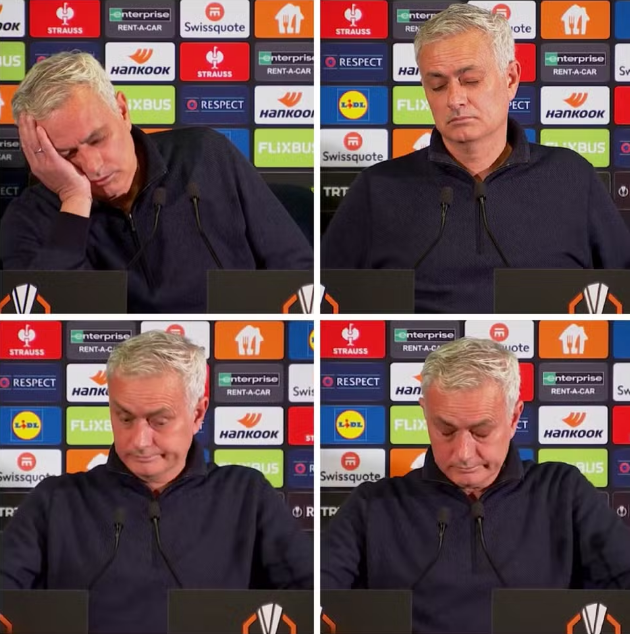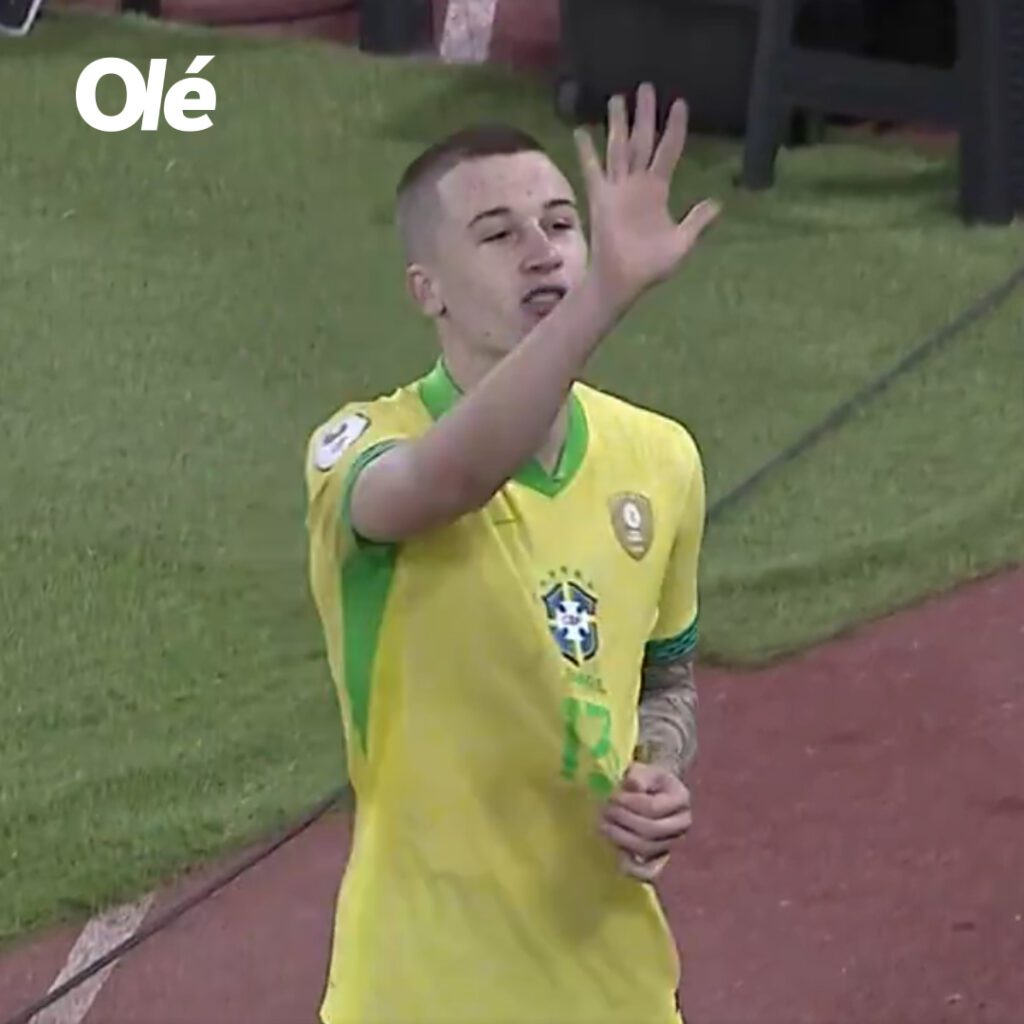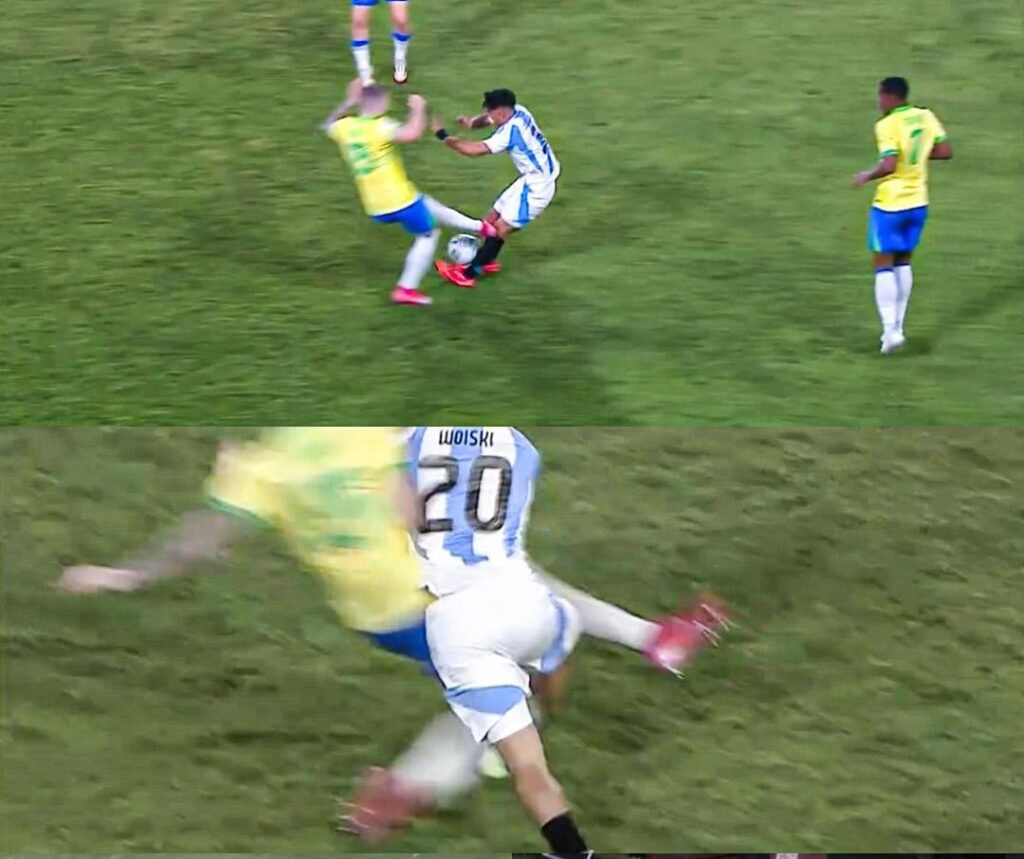Annotated Bibliography: The Impact of AI in Education
- Vargas-Murillo, A. R., Pari-Bedoya, I. N. M. de la A., & Guevara-Soto, F. (2024). Challenges and Opportunities of AI-Assisted Learning: A Systematic Literature Review on the Impact of ChatGPT Usage in Higher Education.
-Author’s Scholarly Credentials: The authors are researchers with expertise in digital education and AI-assisted learning methodologies.
-Nature of Author’s Project: A systematic literature review focusing on the educational applications of ChatGPT, its benefits, and ethical concerns.
-Summary of Major Claim: The study finds that ChatGPT can enhance academic processes but raises concerns about critical thinking skills and responsible use.
-Value for Project: This source provides a broad perspective on ChatGPT’s role in education, particularly in learning methodologies.
-Significance and Limitations: The research is valuable for understanding AI’s academic impact, though its reliance on existing literature limits empirical data.
- Tuomi, I. (2018). The Impact of Artificial Intelligence on Learning, Teaching, and Education.
-Author’s Scholarly Credentials: A policy-oriented researcher analyzing AI’s role in education.
-Nature of Author’s Project: A report providing conceptual insights into AI’s educational applications.
-Summary of Major Claim: AI presents both opportunities and challenges in shaping educational policies and practices.
-Value for Project: Useful for understanding policy implications and historical perspectives on AI integration in education.
-Significance and Limitations: The source is foundational but somewhat outdated given rapid AI advancements since 2018.
- Lee, D., Arnold, M., Srivastava, A., Plastow, K., Strelan, P., Ploeckl, F., Lekkas, D., & Palmer, E. (2024). The Impact of Generative AI on Higher Education Learning and Teaching: A Study of Educators’ Perspectives.
-Author’s Scholarly Credentials: Researchers in education and AI from an Australian university.
-Nature of Author’s Project: A qualitative study exploring educators’ attitudes toward AI in higher education.
-Summary of Major Claim: Educators exhibit mixed sentiments about AI’s role, with concerns about academic integrity and a lack of institutional support.
-Value for Project: Highlights real-world perceptions of AI in teaching, aiding discussions on best practices.
-Significance and Limitations: Provides insight into faculty perspectives, but the small sample size limits generalizability.
- Srinivasa, K. G., Kurni, M., & Saritha, K. (2022). Harnessing the Power of AI in Education.
-Author’s Scholarly Credentials: Experts in AI and education, contributing to Springer’s Texts in Education series.
-Nature of Author’s Project: Examines AI’s role in transforming teaching methodologies and assessment strategies.
-Summary of Major Claim: AI enhances learning by personalizing content, improving grading efficiency, and facilitating instructor support.
-Value for Project: Useful for understanding AI’s evolving role in personalized learning.
-Significance and Limitations: The focus on technological benefits may overlook ethical or accessibility concerns.
- Zouhaier, S. (2024). The Impact of Artificial Intelligence on Higher Education: An Empirical Study.
-Author’s Scholarly Credentials: Education and AI researcher contributing to the European Scientific Institute.
-Nature of Author’s Project: Empirical study assessing AI’s impact on teaching, grading, and career readiness.
-Summary of Major Claim: AI enhances student skill development but raises ethical and pedagogical concerns.
-Value for Project: Provides empirical evidence supporting AI’s role in education.
-Significance and Limitations: Focuses primarily on higher education, with limited discussion on secondary or primary education.
- Singh, E., Vasishta, P., & Singla, A. (2024). AI-Enhanced Education: Exploring the Impact of AI Literacy on Generation Z’s Academic Performance in Northern India.
-Author’s Scholarly Credentials: Researchers in AI education and quality assurance.
-Nature of Author’s Project: A study analyzing AI literacy’s impact on student performance using structural equation modeling.
-Summary of Major Claim: AI literacy directly correlates with better academic performance and problem-solving skills.
-Value for Project: Demonstrates the importance of AI literacy in modern education.
-Significance and Limitations: Regional focus may limit applicability to other educational contexts.
- Altinay, Z., Altinay, F., Sharma, R. C., Dagli, G., Shadiev, R., & Yikici, B. (2024). Capacity Building for Student Teachers in Learning, Teaching Artificial Intelligence for Quality of Education.
-Author’s Scholarly Credentials: Researchers in education and AI integration.
-Nature of Author’s Project: Evaluates teacher education programs and AI’s role in fostering inclusivity.
-Summary of Major Claim: AI supports personalized learning but requires careful planning to avoid unintended consequences.
-Value for Project: Relevant for discussions on teacher training and AI implementation.
-Significance and Limitations: The study focuses on student teachers, not in-service educators, limiting broader applicability.
- Wu, Y. (2023). Integrating Generative AI in Education: How ChatGPT Brings Challenges for Future Learning and Teaching.
-Author’s Scholarly Credentials: Researcher at UC Berkeley specializing in AI and education.
Nature of Author’s Project: Explores theoretical and historical perspectives on AI in education.
-Summary of Major Claim: ChatGPT reshapes learning models, drawing parallels with classical educational theories.
-Value for Project: Bridges historical and modern debates on AI’s role in education.
-Significance and Limitations: The philosophical focus may lack direct pedagogical applications.
works cited
Vargas-Murillo, Alfonso Renato. “Challenges and Opportunities of AI-Assisted Learning: A Systematic Literature Review on the Impact of ChatGPT Usage in Higher Education.” International Journal of Learning, Teaching and Educational Research, vol. 22, no. 7, 2023, p. 14, https://pdfs.semanticscholar.org/8a83/e035e9da72c18e7269b75fb59244f27c828b.pdf. Accessed 26 March 2025.
Tuomi, I., The Impact of Artificial Intelligence on Learning, Teaching, and Education, Cabrera Giraldez, M., Vuorikari, R. and Punie, Y. editor(s), EUR 29442 EN, Publications Office of the European Union, Luxembourg, 2018, ISBN 978-92-79-97257-7, doi:10.2760/12297, JRC113226. Accessed 26 March 2025.






